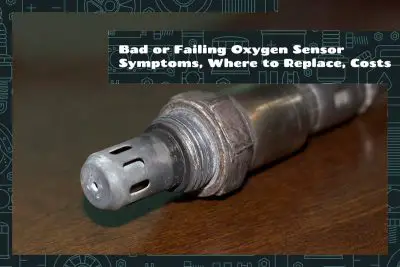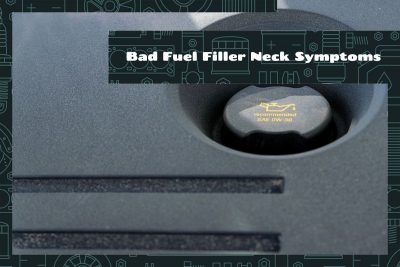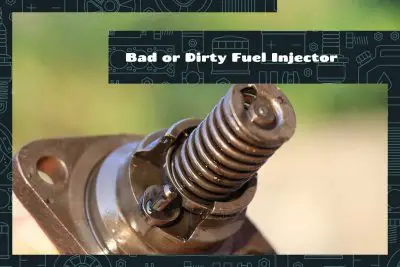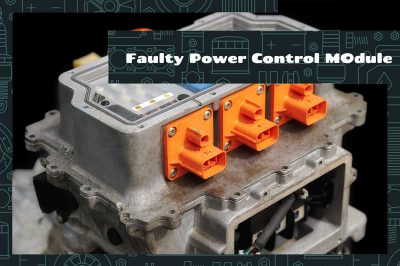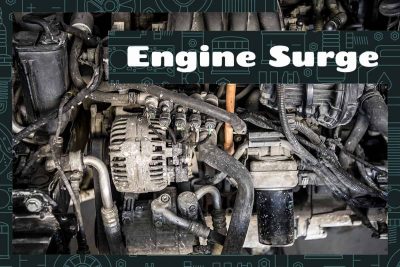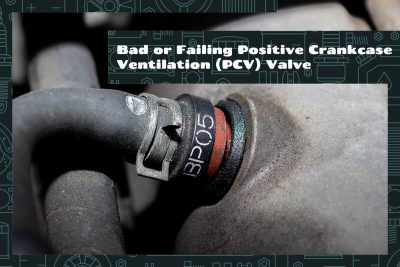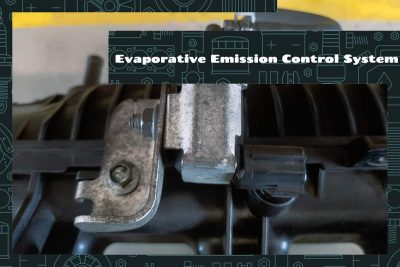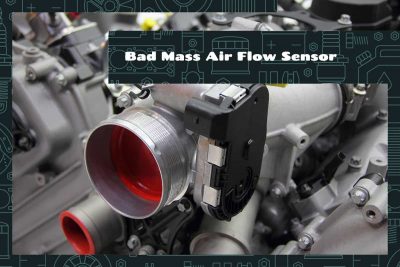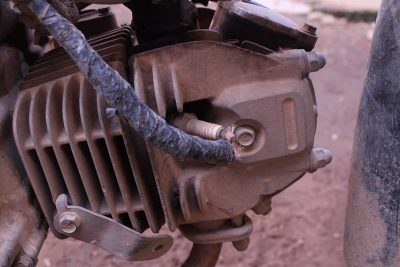Your car is like a giant puzzle with many parts, and one key piece is the oxygen sensor. This tiny device tells your car’s computer how much fuel to use for the engine to run smoothly and efficiently. When it works well, you might not notice it. But when it starts to fail, it can cause a bunch of problems and might even harm the environment.
Fuel filler necks may not frequently cross the mind of most vehicle owners, but they are a critical component of a car’s fuel system. They serve as the passage for fuel to travel from your gas pump nozzle into your car’s fuel tank. Like any other part of your vehicle, the fuel filler neck can wear out or become damaged over time, impacting your car’s performance and safety.
Fuel injectors ensure that fuel reaches your engine in the correct amounts and at the right time. When they are clean and functioning properly, they promote optimal vehicle performance and fuel efficiency. However, they can become dirty or clogged over time due to poor quality fuel and lack of proper maintenance, causing a slew of issues that can significantly affect your vehicle’s operation.
The Powertrain Control Module (PCM) is your vehicle’s main computer. It controls key systems like the engine, transmission, and emission control. Common symptoms of a faulty PCM include erratic engine behavior, problems with shifting gears, fluctuating fuel economy, ignition troubles, and increased vehicle emissions.
Engine surge is an irregularity that can unexpectedly creep into your driving experience, triggering an unsmooth ride and potentially signaling deeper mechanical issues. Grasping this phenomenon is critical not only for maintaining the optimal performance of your vehicle but also for ensuring its longevity.
The heart of your vehicle is its engine, a complex maze of components working in harmony to keep you moving. Among these parts, the Positive Crankcase Ventilation (PCV) valve may seem minor, but its role is crucial. This seemingly insignificant part is a key player in maintaining your vehicle’s health, performance, and emission control. However, like any other component, it can fail, leading to a series of potential issues.
The Evaporative Emission Control System (EVAP) is a part of a car designed to prevent fuel vapors from escaping into the atmosphere. It captures fuel vapors produced in the fuel tank, stores them in a charcoal canister, and then releases them into the engine to be burned when the car is running.
The Mass Air Flow Sensor tells the engine how much air is coming in and how fast. If the MAF isn’t working right, your engine might get confused and not work as well as it should. This is a big deal because an engine needs the right mix of air and fuel to run smoothly.
The mass airflow sensor (MAF) measures the volume and density of the air entering the engine, providing this information to the car’s computer system. The computer uses this information to delivery an accurate amount of fuel to the engine. When the MAF sensor malfunctions, it can cause various noticeable symptoms and hinder the overall performance of your vehicle.
When you look at your car’s dashboard, there’s a little dial that shows how much fuel you have left. That’s your fuel gauge. But did you know there’s an important part in your car’s fuel tank called the fuel gauge sender that helps make that dial work? People don’t usually know about this component until something goes wrong.
Engines are the heart of our vehicles, and just like our own bodies, they require proper care and attention to function at their best. When something goes wrong, our cars often give us signals in the form of warning lights or messages. One such message is the “Engine fault service now” warning.
A spark plug is a little but mighty component in your car’s engine. It helps kickstart the engine and keeps it running smoothly by igniting a mix of air and fuel. But like other parts, spark plugs can go bad, leading to various engine problems.
